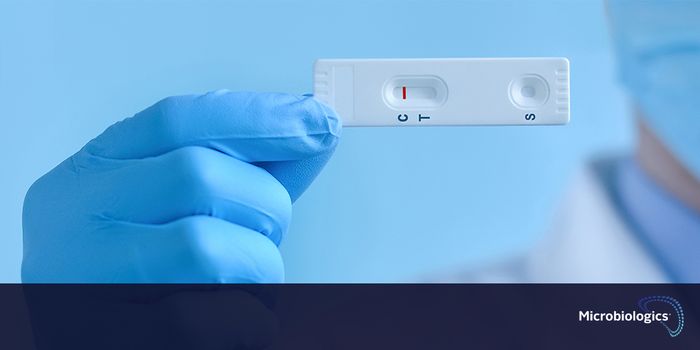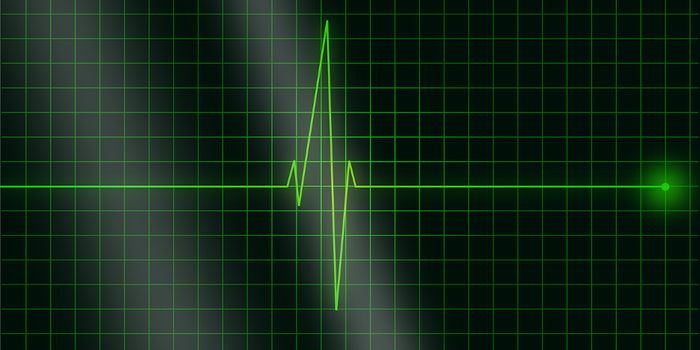Foodborne illnesses are the scourge of the food industry. And it seems that nearly every day, some type of food is being recalled for possible contamination with an infectious agent. Just earlier this week, specific lots of molly&drew’s American Original Beer Bread Mix was
recalled for possible contamination with E. coli O121 bacteria.

Frequent culprits of food poisonings include
E. coli, Listeria, Salmonella, and botulism. But besides these, the Centers for Disease Control and Prevention lists more than 250 different foodborne illnesses. Though deemed preventable, foodborne illnesses is a common and pesky public health problem that will affect 1 in 6 Americans every year. Likely, you have already experienced or know of someone who have experienced food poisoning. Common symptoms include nausea, vomiting, abdominal pain, and diarrhea.
And most often, we only know the food has been contaminated only after people report getting sick. Our current technology for detecting the pathogens just aren’t sensitive enough at small quantities.
To get around this problem, scientists at the Washington State University (WSU) created a
new sensor that’s capable of amplifying the bacterial signals up to detectable levels. What’s more, their sensor is actually a nanoparticle that’s smaller than a speck of dust.
Incorporated into this nanoscale biosensor are organic and inorganic molecules that react with chemical signals secreted by bacteria. The molecules are arranged to resemble petals of a flower, and is thus dubbed a “nanoflower” sensor. This bioinspired arrangement increases the surface area of the sensor so that bacterial chemicals can be detected at even low levels.
As the nanoflower detects bacterial presence, it amplifies the signals for use in combination with conventional detection methods, such as a handheld pH meter or pH paper strips. In essence, the nanoflower greatly simplifies pathogen detection. “We want to take these nanoflowers and create a simple-to-use, handheld device that anyone can use anywhere,” said Yuehe Lin, professor at WSU and the study’s senior author. “It’ll be as simple as using a pregnancy test strip or a glucose meter.”
In their publication, the nanoflower was calibrated for detection of
E. coli O157:H7. Lin’s team is currently seeking a patent for this technology, and have begun working on different versions of the nanoflower for detection of other foodborne pathogens like
Salmonella.
With this technology, the team aims to prevent foodborne illnesses before it strikes vulnerable consumers. Though some cases of food poisonings can resolve itself with moderate discomfort, some cases can be quite severe and require extensive treatment in the hospital. Thus, finding ways to alert people of food contamination could dramatically reduce the incidence of illnesses and cut down on the cost and effort involved in food recalls.
Additional source:
Washington State University press release


















































